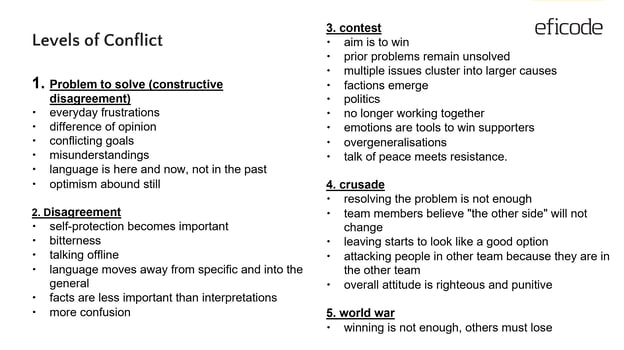When you work Agile, the concept of time is totally different than if you work non-Agile. And since a large part of your organization is not Agile, this can lead to all sorts of misunderstandings and conflict.
Agile teams talk about estimates.
Non-Agile teams think of these estimates as promises or commitments.
This disagreement feels much the same as conflicts between different cultures. A person from e.g. Germany may think very differently about plans, schedules, and time, compared to somebody from a south European culture.
Agile teams can therefore learn from the ways different cultures cooperate. To avoid serious conflicts, the organization must find ways to adapt to different levels of uncertainty and continue communication.
Agile is used to handle uncertainty
Agile ways of working exist because risks and uncertainty are high. Software development was the birthplace of Agile, but using Agile methods like Scrum and Kanban becomes more and more popular also outside of software. Agility focuses on feedback, learning, and doing things in small batches. Scrum values (respect, openness, commitment, focus, and courage) also place importance on the relationship inside the Agile team and between teams.
Cultures view time differently
Erin Meyer talks about Linear time and Flexible time in her book The Culture Map. Different cultures easily clash as the further apart they are on the axis below, the more differently they think of time.
A German expects things to happen extremely punctually, with very little flexibility. Plans are set in stone. On the other hand, someone from a culture more on the right of the scale would be naturally much more flexible with plans. Working together, these cultures will struggle to understand each other.
 Source: https://erinmeyer.com/books/the-culture-map/
Source: https://erinmeyer.com/books/the-culture-map/
Linear time cultures:
- Schedules are sacred
- Focus is on the future
- Promises must be kept
- Lateness is impolite
- Time is measured in small units
Flexible time cultures
-
There is a reluctance to estimate or make concrete forecasts
-
Relationships are more important than tasks
-
Focus is on the present
The conflict between Agile and non-Agile teams
The above conflict sounds eerily similar to the one between an Agile team vs a non-Agile organization or management, doesn't it?
Management expects the plans or estimates to be kept. Those are promises. But Agile teams cannot make far-reaching promises or commitments. Any plans for the future are always estimates with a level of confidence.
Linear time cultures (and linear time departments) struggle to accept Agile culture, because their own culture tries to “hide” or control uncertainty. This could be also the reason why Agile cynics sometimes say that “Scrum doesn't work”.
Generalizations like “software is always late” also show that this time conflict has climbed on the conflict scale from general difference of opinion, to a higher level of conflict. If you catch yourself using or start to hear the language moving away from the specific and into the general, then you know the situation has escalated.
 At conflict levels 2 and 3, you need to get factual, focus on the common targets and values, and increase the safety of the teams to communicate.
At conflict levels 2 and 3, you need to get factual, focus on the common targets and values, and increase the safety of the teams to communicate.
How to make your Agile team thrive together with non-Agile ones
So what do you need to do if you work with a different “time culture”?
Most importantly, you need to understand the different viewpoints of time, and consciously adapt to whatever environment you are in. Also, when in doubt, ask questions or communicate what you mean.
In more practical terms, here are some actionable tips on how Agile teams can adapt and succeed:
- Use clear signals for your level of confidence in a plan. Traffic lights are good:
- green= high confidence
- yellow = changes are possible
- red = plans are extremely uncertain and delays are likely
- Add visibility to your plans by efficiently using Agile planning tools
- Ensure people have easy access to your status and plans
- Build better forecast accuracy with active backlog management
- Coach others in understanding the realities of Agile
Remember, you are using Agile methods because you work in an inherently unpredictable environment. The unpredictability does not go away if you start to work in a more linear time fashion. But to make work smoother and more productive and reduce the level of conflict in the organization, you should try to adapt to your non-Agile surroundings.
Published: Oct 26, 2022


